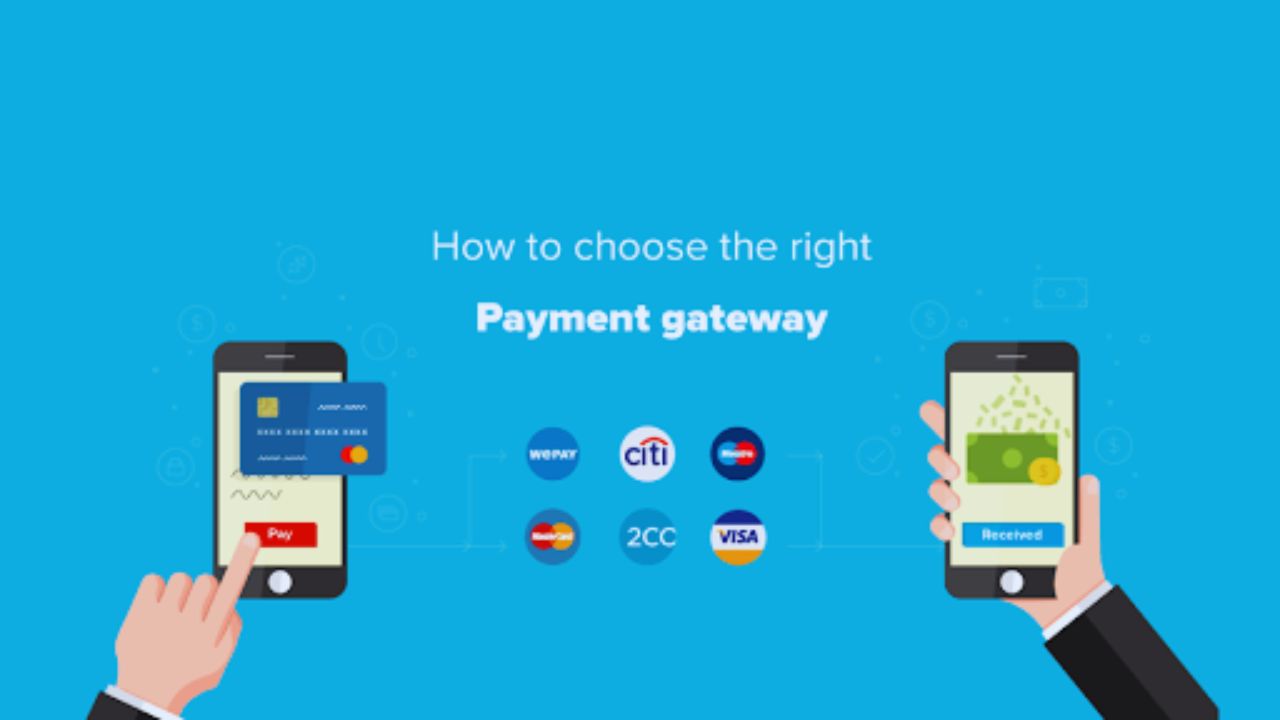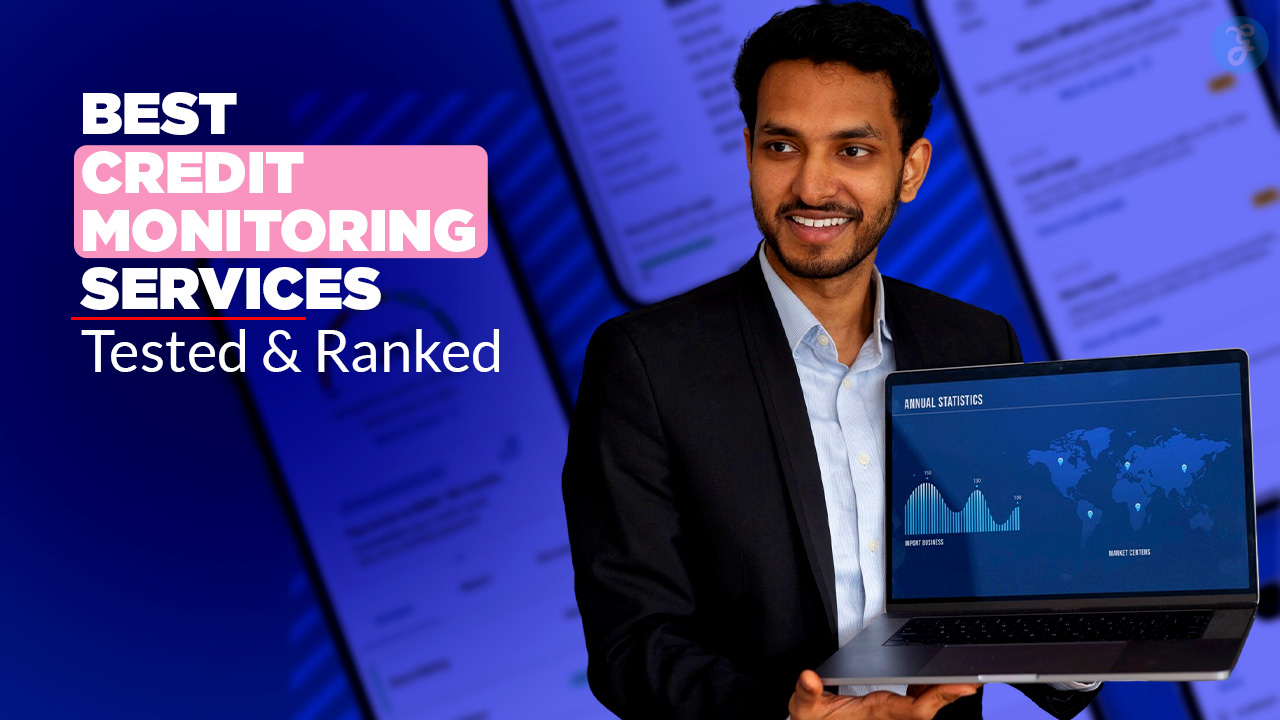It has been almost four years since the initial PSD2 (the Revised Payment Services Directive) regulation was put in action. During these years open banking has emerged and progressed immensely spreading across Europe.
As of September 2020 in the European Economic Area (EEA), more than 400 Third-Party Providers (TTPs) functioned. Only four countries had still to jump in the race and experience the success first hand. Interestingly, a little more than half of the TPPs were authorized as Payment Information Services (PIS) and almost all had the authorization to act as an Account Information Services (AIS).
However, there is still uncertainty about the meaning and use of open banking even among financial institutions. Therefore, the following are the open banking examples and use cases.
The most popular open banking examples and use cases
Open banking on its own helps to create a more diverse finance sector and offer new services to ease the digital user experience. Its purpose is to drive down costs and increase revenue. Hence, most financial institutions use open banking for common purposes without trying to identify new areas for development. Here are the five most-used open banking examples and use cases:
- Account aggregation. It is used to enable customers to view several financial accounts on one interface. It doesn’t matter if a person uses one or more providers, they are all aggregated. For instance Tink.
- Personal finance management. Open banking allows services where consumers can analyse their finances and make decisions accordingly. Whether it is for money-saving, loans or general spending analysis. For instance, Yolt.
- Credit risk evaluation. It allows lenders to timely see the financial situation of the customer and evaluate their credibility and financial status with minimal errors. For example, Afterpay.
- Subscription administration. This type of service shows all the recurring payments due and transactions made in the past. It allows not only to view these payments but also cancel them if needed. For example, Subaio.
- New account creation. When a new customer approaches a bank, their initial evaluation is done within minutes and the account can be opened without leaving home. For example, Authent.
Open banking examples and use cases beyond financial services
Open banking can be utilised in various industries to manage financial business offerings. It can be used to enhance customer experience, create a higher value customer loyalty ladder and improve general business operations. Here are three open banking examples and use cases in a commercial setting:
- Retail. Open banking can digitise loyalty programs eliminating physical cards. Retailers can utilise API’s to create a seamless customer experience and transaction identification. This in turn creates a straightforward customer decision making path while supplying an opportunity to customise marketing measures for individuals.
- Utilities. Utility companies can employ open banking to identify the potential late payment and deal with it before a customer falls behind. In turn, it decreases late payment charges and reduces support time required which transfers into preserved funds and increased profits.
- Insurance. Open banking in the insurance market benefits both parties – the insurance provider and the customer. A customer obtains tailored services that match their financial situation without needing to deliver endless financial statements and sufficient fund verification. The insurance provider conveys an opportunity to identify higher-value customers and target their marketing towards those clients – bringing more revenue to the business. Even more, open banking enables to ensure minimal fraudulent activity while fully complying with the sector regulations.
Open banking has boundless possibilities for businesses to improve their performance while advancing revenue streams and constructing better services for their customers. The only obstacle holding them back from advanced development is the lack of open banking understanding.















































